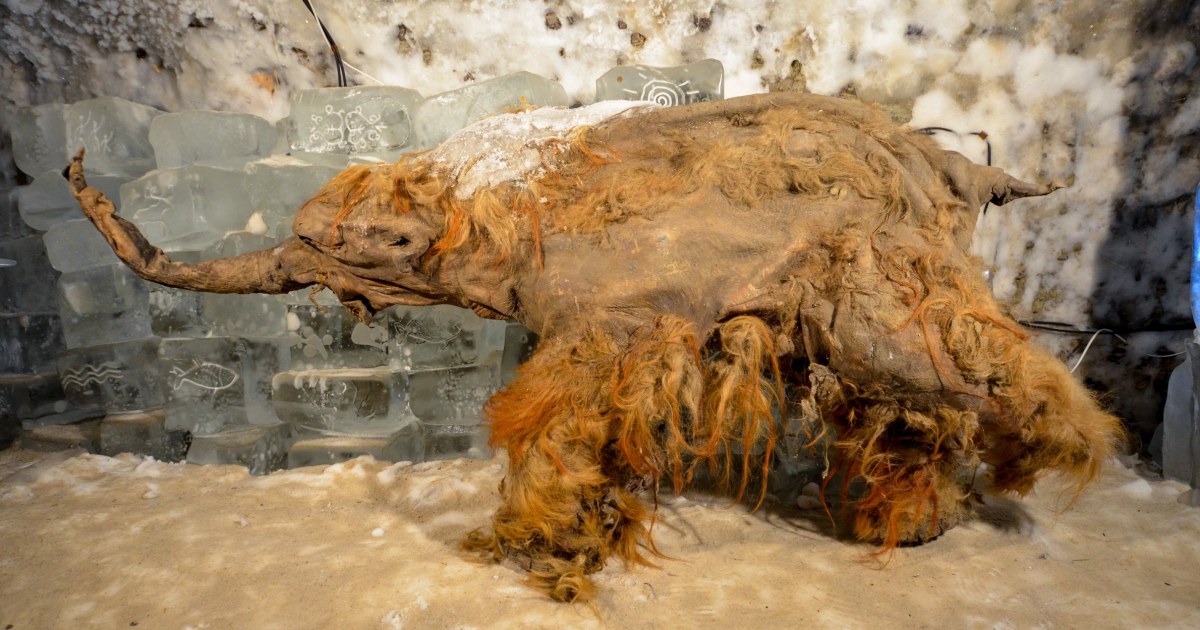The researchers published their findings in the journal Cell on Friday. Until recently, researchers did not think RNA could survive so long.
“RNA, according to the textbooks, is extremely unstable and basically degrades within minutes after being outside of a living cell,” said Marc Friedländer, a computational biologist at Stockholm University, who is an author of the paper. “It’s so amazingly surprising to find RNA that is 40,000 years old. Nobody really thought this was possible.”
The research could offer new windows into history. Erez Aiden, a professor of biochemistry and molecular biology at the University of Texas Medical Branch who did not work on the study, said scientists would continue to improve the methods used to interrogate ancient RNA, as they have for decades with analysis of ancient DNA.
Aiden said he thinks the addition of RNA analysis techniques to ancient genetics work could redefine our understanding of the history of the biological world.
“We will be able to paint a vastly more complete and quantitative picture of the history of life on Earth,” Aiden said. “Suddenly we have a Rosetta stone. … These are the hieroglyphics of ancient life.”
The RNA discovery was made possible by the discovery of Yuka in 2010, when members of the Yukagir community discovered the mammoth in melting permafrost near the Arctic Ocean. Yuka was found tucked away on a bluff, partially mummified and still covered in a shaggy mat of strawberry blonde hair and some flesh that had remained pink until its discovery.
Paleontologists think Yuka was chased and killed. Some evidence suggests the creature was pursued by cave lions or perhaps butchered by modern-day humans — there’s evidence for both theories, and it’s possible each species contributed to the animal’s end.
The animal, as you might imagine in a world filled with cave lions, was under a great deal of stress when it died.
In fact, the new RNA research shows that signs of physiological stress were contained in the RNA they profiled. The researchers used a sample from the animal’s slow-twitch muscle fibers.
“We found that there were stress genes that were being active,” Friedländer said.

Mammoths are not the first ancient species to receive an analysis of their RNA. Researchers in 2019 reported that they had profiled the RNA of a 14,300-year-old wolf or dog puppy.
RNA is created from that DNA template during a process called transcription. During transcription, some genes are activated and some genes are left silenced.
The process is dynamic and the genes that are expressed can change between day and night, Mármol Sánchez said.
The researchers also identified new forms of microRNA — a form of RNA that controls gene expression — in mammoths that are not known to exist in modern-day elephants.
The developing RNA technology could aid in efforts to de-extinct the woolly mammoth, said Aiden, who is on the scientific advisory board at Colossal Biosciences, a company that plans to “resurrect” the woolly mammoth.
Friedländer said further research could also help researchers understand how some ancient viruses — like those that don’t contain DNA — developed over time.
“If you want to know about the history of RNA viruses, like SARS-CoV-2, then we need to detect these RNA molecules in historical and ancient samples to find out basically how they’ve evolved,” Friedländer said.
Ebola, HIV and influenza are among the viruses with RNA genomes.
More research is needed. For this study, the researchers examined 10 mammoths, but only got a reliable RNA signal from three of them, including Yuka, which was the best preserved specimen.
Since 2010, scientists have thought Yuka was a female mammoth, but the researchers determined it was actually a male mammoth, using RNA and DNA analysis.
Aiden said the RNA research highlights that scientists know surprisingly little about death and why some molecules degrade after an organism dies and why some, like those from Yuka, persist.
“Our theories for understanding what happens to the physical material of an organism after it dies, they’re very poor,” Aiden said. “How much of that information still survives and can remain legible after long periods of time? I think those are some of the exciting questions.”

